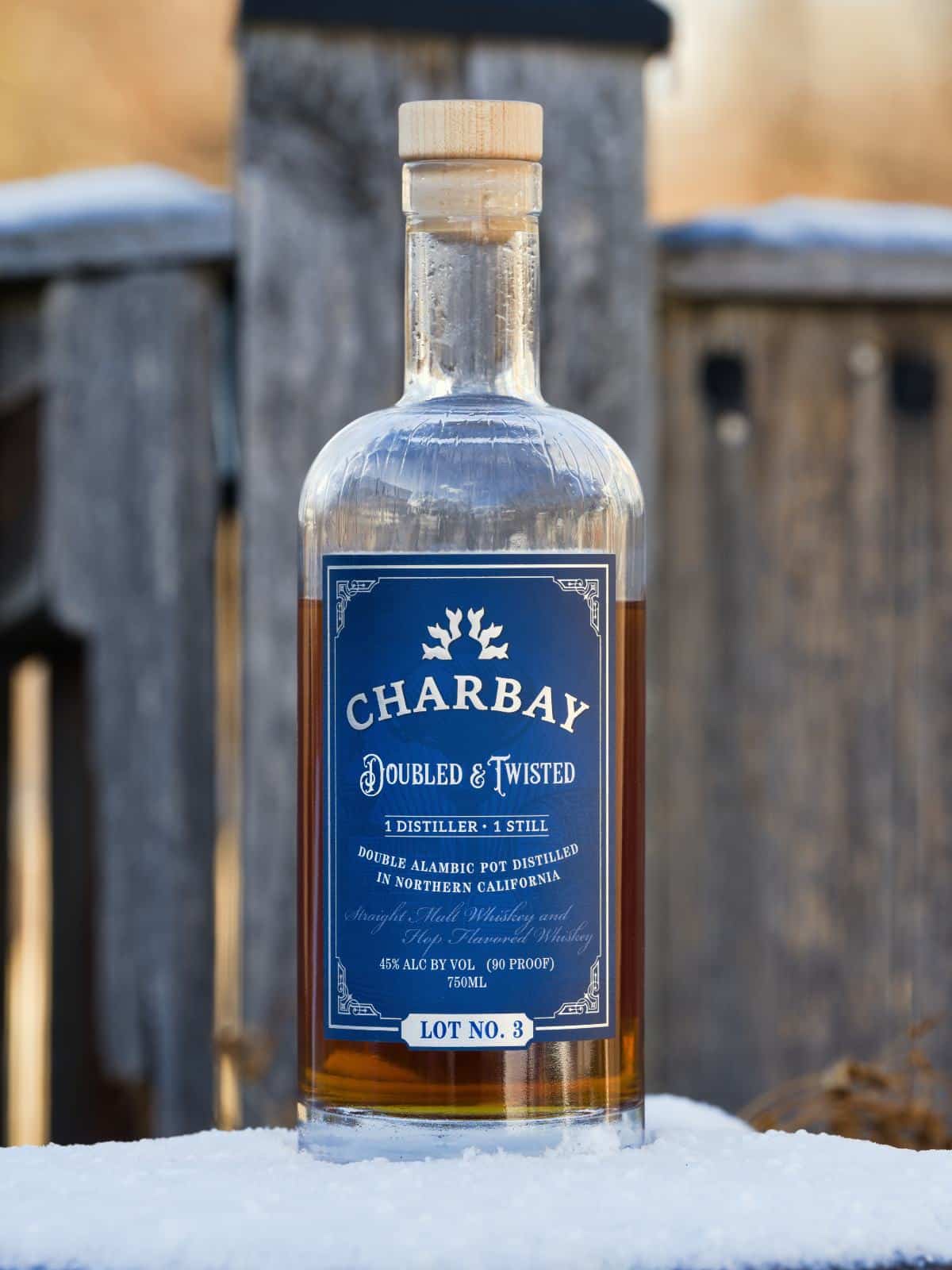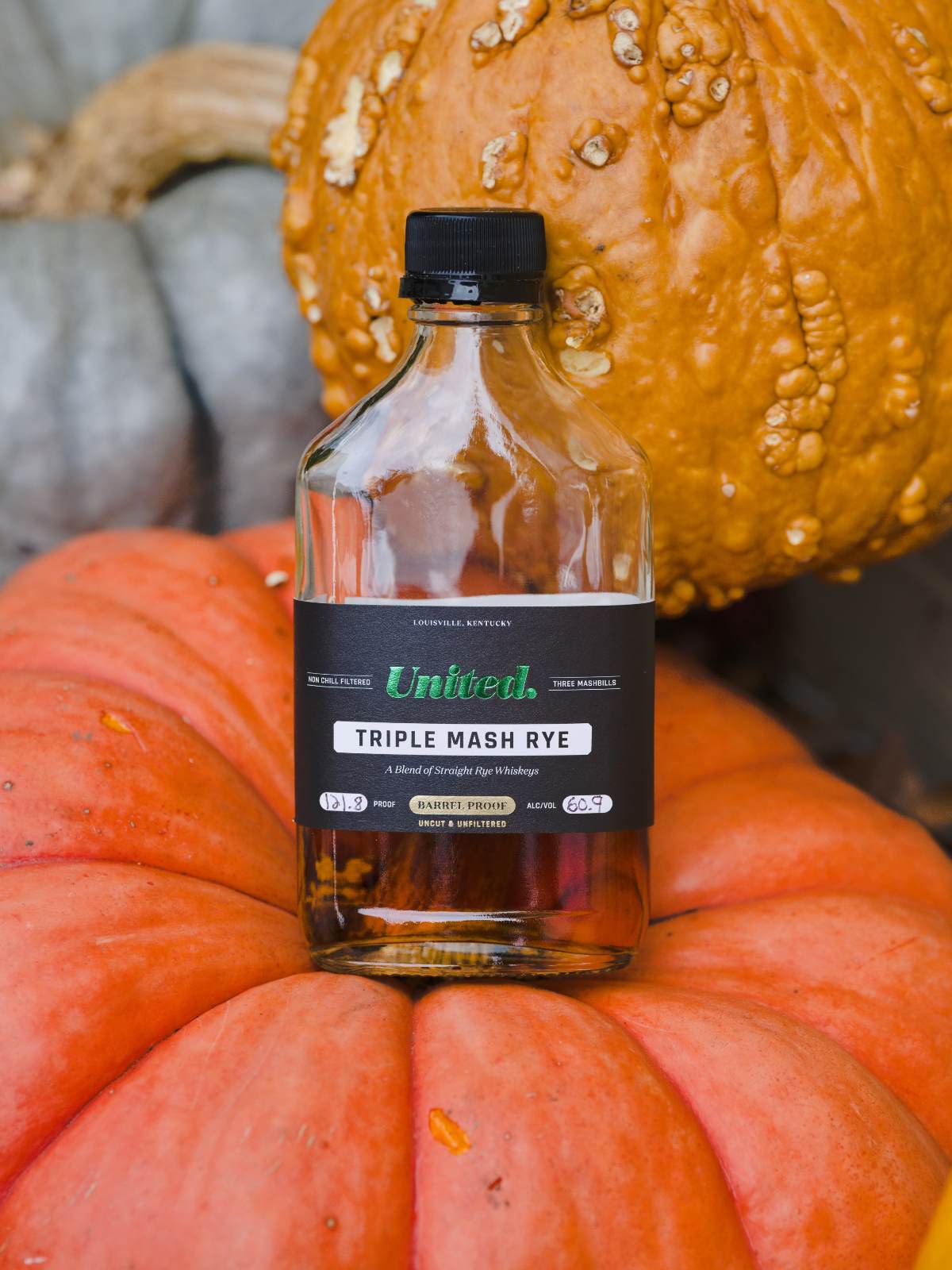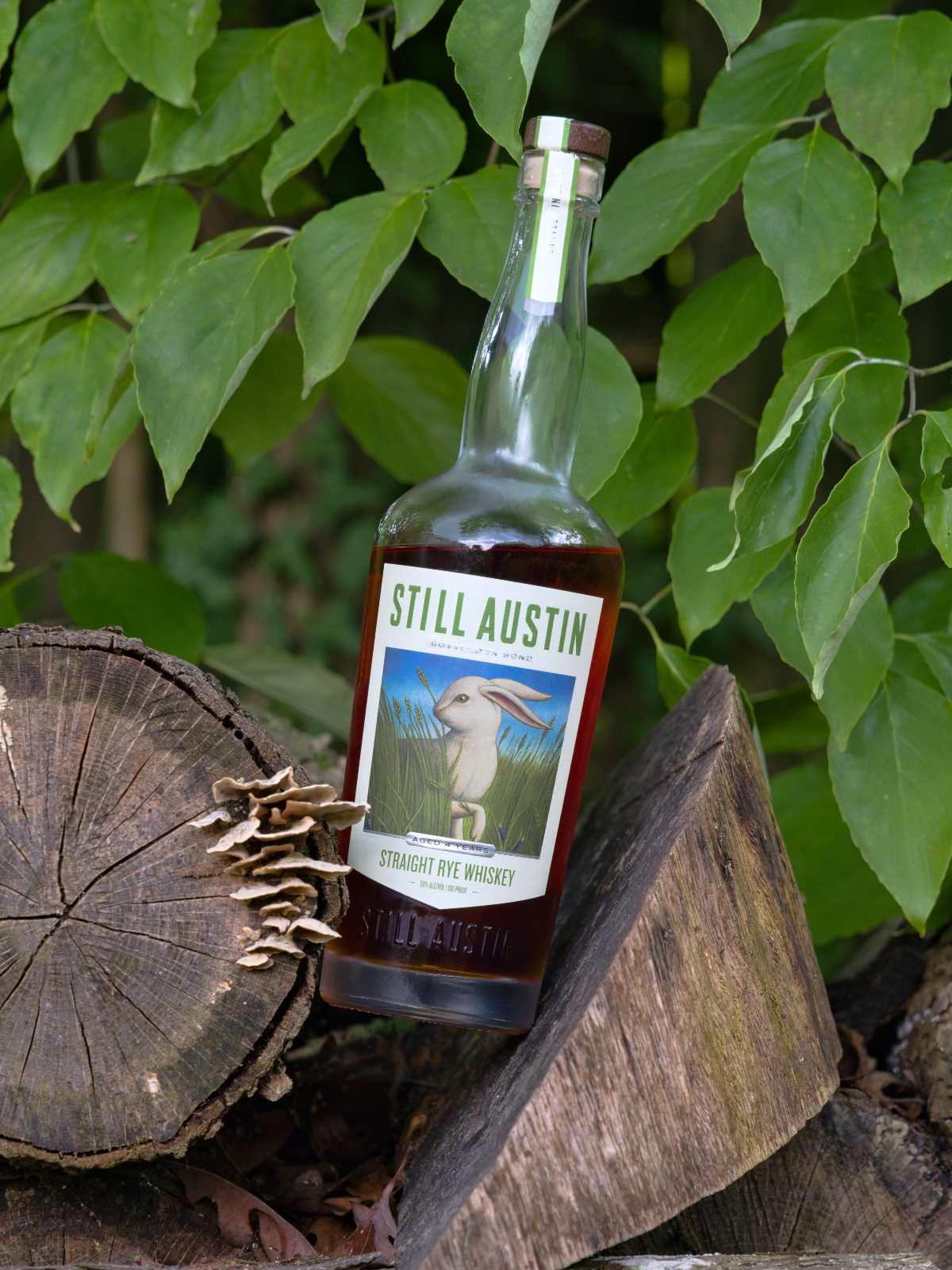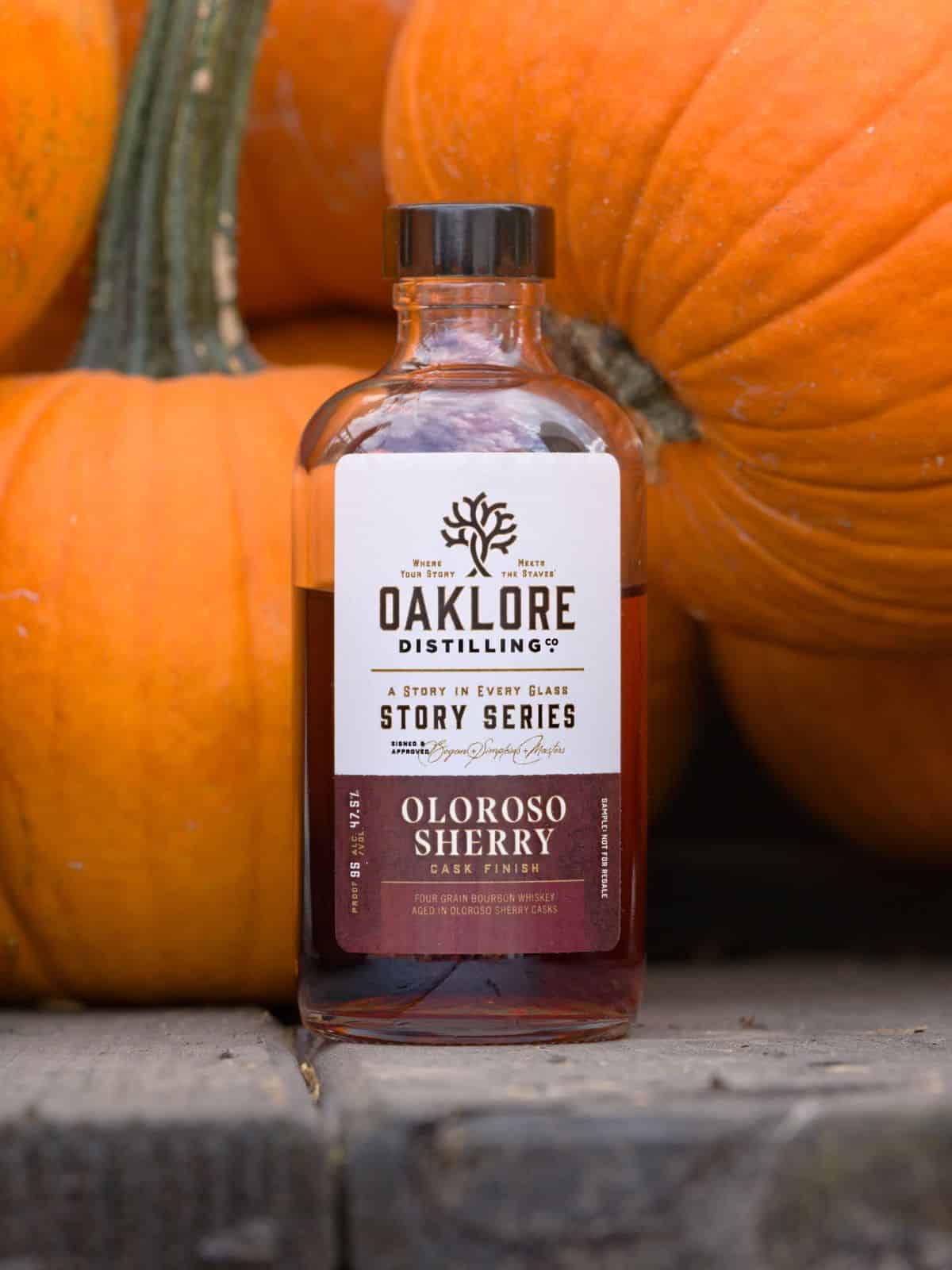Ohishi sherry cask review
Ohishi Sherry Cask
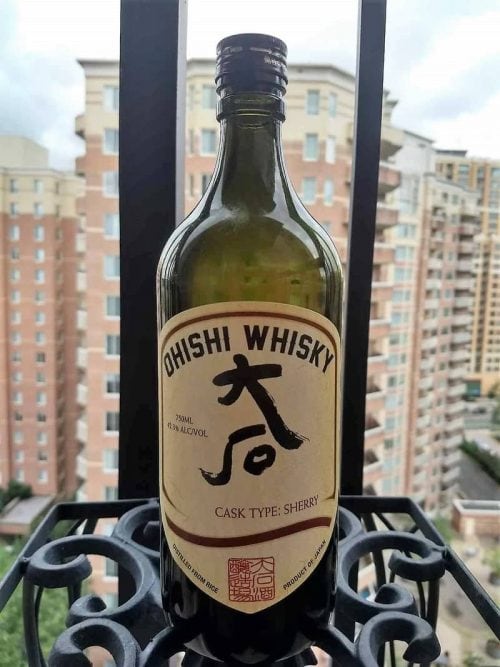
Distillery: Ohishi
Type: Japanese Whiskey (Japan)
Alcohol: 42.3%
Composition: 100% rice
Aged: NAS, aged in sherry casks (likely oloroso or pedro jimenez)
Price: $74 (750mL)
Color: 1.2/2.0 on the color chart
From the Importer’s website:
“Ohishi Distillery was founded in 1872, located in the Southwest of Japan, in a beautifully mountainous and scenic countryside. Ohishi Sherry Cask Whisky distilled from rice and is matured fully in fresh Sherry Casks. Big raisins, figs, and oak spice cover the nose and palate. Like sherry cask scotch whisky, but uniquely its own in mouth feel and aroma.”
overview
Ohishi Sherry Cask Whisky (whiskey), a Japanese whiskey, is unlike any other whiskey I’ve ever seen. Whereas other whiskeys are made from traditional grains such as corn, barley, or rye, this is completely made from malted and unmalted rice, which his generally used to create sake and soju. The Ohishi product line spans 4 types of whiskeys, a blended whiskey aged in sherry barrels, a single barrel version, a blended whiskey aged in brandy barrels, and a single barrel
If you want to learn more about sherry, used to age this whiskey as well as many others, click here to go to the “What is Whiskey?” section that talks about it. Sherry is definitely an underappreciated drink.
Smell
At first sniff, this smells like it’s been aged in amontillado or oloroso sherry casks. There’s a lot of musty grapes, raisins, dried dates, and honey that are prevalent in those sherries due to the grapes oxidatively aging in oak barrels. For some reason, this reminds me of sorghum syrup I had at Zingerman’s Roadhouse in Michigan. It’s a malty molasses sweetness that is different from maple syrup. The alcohol is not pungent at first, but subsequent swirling releases a huge amount of it, leading to the alcohol covering up the other scents
I don’t taste any rice, and I’m not surprised. White rice by itself, even cooked, is not a strong-tasting food. In my experience, other rice-based alcoholic drinks, such as for sake and soju, are crisp and lighter in flavor, with hints of citrus or pear. The sweeter ones have slight to moderate vanilla or creamy / butter smells. In this case, multiple distillations may have taken away that sweetness, or the sherry notes completely overpower it. Rice honestly might be too delicate to be paired with sherry barrels, bourbon may be more appropriate.
After the glass dries, the smells mellow and improve. The strong sweetness and alcohol fade into a more pleasant smell of amontillado sherry. Overall, Ohishi Sherry cask smells decent, but is very unbalanced. It’s very sweet and nothing else.
Taste & Aftertaste
The Ohishi is one-dimensionally sweet, like cherry cough syrup or overripe grapes with a weird medicinal quality. If you grew up in a Chinese household like I did, it tastes like the Chinese throat and cough syrup called Pei Pa Koa (枇杷膏 in Chinese). It has the herbal and syrupy taste of medicine that is trying to cover up unpleasant bitterness underneath. I don’t hate the taste of that medicine, but that’s medicine. Whiskey should not taste like that.
Again, I’m not surprised that I don’t taste rice. If it’s in there, it’s being overpowered by everything else. It honestly becomes difficult to drink after a few sips because the herbal and medicinal tastes keeps building in my mouth. I don’t hate it, but I really don’t like it and don’t want more…but to be fair, it’s also not the worst thing I’ve ever had.
Place on the Whiskey Shelf

It’s possible that rice is a bad base for whiskey or this batch is a total dud. Either way, Ohishi Sherry Cask is not good. The smell is decent, but oh man it tastes bad. It’s a one-dimensional whiskey that tries to be sweet but ends up tasting like medicine. Its smell is the only redeeming factor keeping it away from a “don’t put on the shelf” rating…because it’s not that bad.
I normally wouldn’t talk about price, but if you’re in the market for a $70+ whiskey, GO FOR SOMETHING ELSE. There are so many other compelling sherry-aged offerings with far greater flavor and complexity. If you end up with this, just smell it, don’t drink it.

